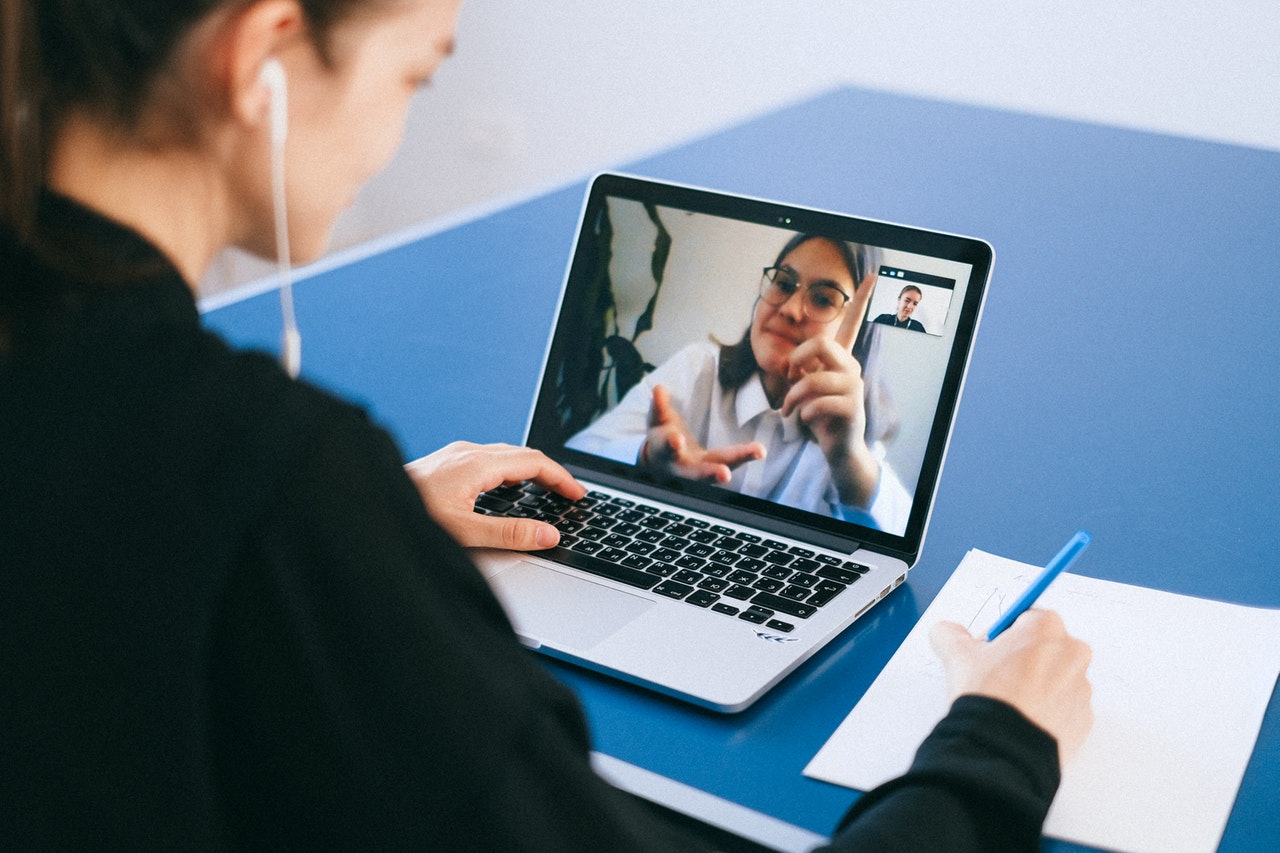This month we are prompted by the US Thanksgiving tradition to take time and practice gratitude.
The practice of gratitude as a tool for happiness has been in the mainstream for years. Long-term studies support gratitude’s effectiveness, suggesting that a positive, appreciative attitude contributes to greater success in work, greater health, peak performance in sports and business, a higher sense of well-being, and a faster rate of recovery from surgery.
But while we may acknowledge gratitude’s many benefits, it still can be difficult to sustain. So many of us are trained to notice what is broken, undone or lacking in our lives. And for gratitude to meet its full potential in our lives, it needs to become more than just a Thanksgiving word. We have to learn a new way of looking at things, a new habit. And that can take some time.
That’s why practicing gratitude makes so much sense. When we practice giving thanks for all we have, instead of complaining about what we lack, we give ourselves the chance to see all of life as an opportunity and a blessing.
Remember that gratitude isn’t a blindly optimistic approach in which the bad things in life are whitewashed or ignored. It’s more a matter of where we put our focus and attention. Challanges and problems exist, but when we focus on what works and what we can appreciate, including our strengths and the strengths of others, we can make great gains in performance and well-being. Gratitude balances us and gives us hope.
There are many things to be grateful for: a great team, loyal and appreciative customers, challenging and exciting projects at work, new learning, our health, a long list of friends and family to plan festive gifts for. What’s on your list?
Author’s content used with permission, © Claire Communications




